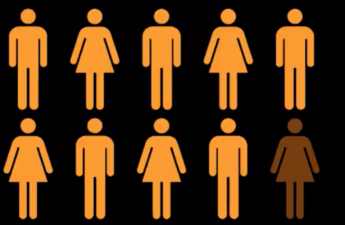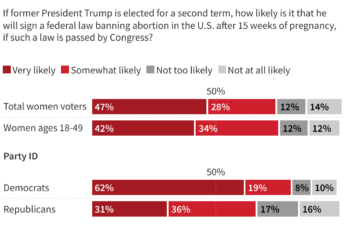Category: Politics
More than 5M could lose Medicaid coverage if feds impose work requirements
Under an emerging Republican plan to require some Medicaid recipients to work, between 4.6 million and 5.2 million adults ages 19 to 55 could lose their health care coverage, according to a new analysis.
Massive cuts to Health and Human Services’ workforce signal a dramatic shift in US health policy
Combined with previous reductions, these cuts may achieve some limited short-term savings. However, the proposed changes dramatically alter U.S. health policy and research, and they may endanger important benefits and protections for many Americans. They may also have severe consequences for scientific progress. And as some policy experts have suggested, the poorly targeted cuts may increase inefficiencies and waste down the line.
The CDC Buried a Measles Forecast That Stressed the Need for Vaccinations
In an aborted plan to roll out the news, the agency would have emphasized the importance of vaccinating people against the highly contagious and potentially deadly disease that has spread to 19 states, the records show.
Cuts to science research funding cut American lives short − federal support is essential for medical breakthroughs
Nearly every modern medical treatment can be traced to research funded by the National Institutes of Health: from over-the-counter and prescription medications that treat high cholesterol and pain to protection from infectious diseases such as polio and smallpox.
Flu deaths rise as anti-vaccine disinformation takes root
Flu-related deaths hit a seven-year high in January and February, the two months that usually account for the height of flu season, according to a Stateline analysis of preliminary federal statistics. There were about 9,800 deaths across the country, up from 5,000 in the same period last year and the most since 2018, when there were about 10,800.
Despite that, the U.S. Department of Health and Human Services has canceled or postponed meetings to prepare for next fall’s flu vaccine, when experts talk about what influenza strains they expect they’ll be battling.
National Cancer Institute Employees Can’t Publish Information on These Topics Without Special Approval
Among the 23 hot-button issues, according to internal records reviewed by ProPublica: vaccines, fluoride, peanut allergies, autism.
NIH funding cuts will hit red states, rural areas and underserved communities the hardest
The cuts will be detrimental to the entire country, they will disproportionately hurt states that traditionally have received very low levels of NIH funding, the majority of which are red states that supported Trump’s election to a second term. This is because such states lack resources to develop advanced research infrastructure necessary to compete nationally for NIH funding.
GOP lawmakers push to charge women with homicide for seeking abortions
‘Fetal personhood’ bills would grant fetuses, embryos the same rights as newborns.
As bird flu spreads, feds might undercut states by firing scientists, removing data
As bird flu cases inundate more poultry and dairy farms, state officials worry that the Trump administration’s firings of federal scientists and other actions will undermine efforts to track the virus and protect Americans.
CDC layoffs strike deeply at its ability to respond to the current flu, norovirus and measles outbreaks and other public health emergencies
The CDC began as a small branch of the U.S. Public Health Service in 1946 as an outgrowth of successes fighting malaria in southern states during World War II and before. Its founder, Dr. Joseph W. Mountin, envisioned that it would come to serve all states, addressing all communicable diseases. Since that time, the CDC has evolved into the nation’s premier public health organization, leveraging both clinical and population health sciences to prevent and mitigate challenges to the nation’s health.
Reading the Tea Leaves for Trump-Era Health Policy
A host of experts weigh in on how Trump’s early directives will translate into health policy and legislation. His early health moves signal intent to erase Biden’s legacy. What’s next is unclear.
Work Requirements for Medicaid Could Be Returning as Republicans Take Back the Power
During the first Trump Administration, states were encouraged to submit waiver requests to implement Medicaid work requirements, a decision which signaled the weaponization of the Section 1115 authority as a means of achieving a long-standing Republican policy goal. Ultimately, thirteen such waivers were approved. Federal lawsuits soon followed and stories about how these requirements could impact rural communities began to emerge.
Health News Headlins
Weight-loss drugs for stroke prevention – Harris’ “At-home Medicare” proposal – Infant deaths have risen after Dobbs – Pink Cocaine
Abortion Emerges as Most Important Election Issue for Young Women, Poll Finds
Nearly 4 in 10 women under 30 surveyed in September and early October told pollsters that abortion is the most important issue to their vote. Just 20% named abortion as their top issue when KFF conducted a similar survey in late May and early June.
Abortion Emerges as Most Important Election Issue for Young Women, Poll Finds
Nearly 4 in 10 women under 30 surveyed in September and early October told pollsters that abortion is the most important issue to their vote. Just 20% named abortion as their top issue when KFF conducted a similar survey in late May and early June.














